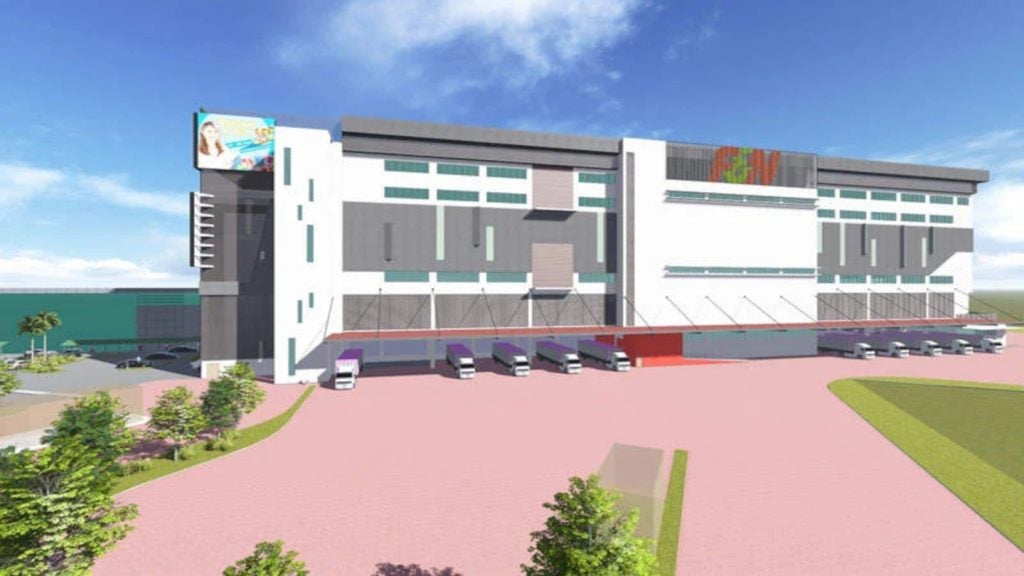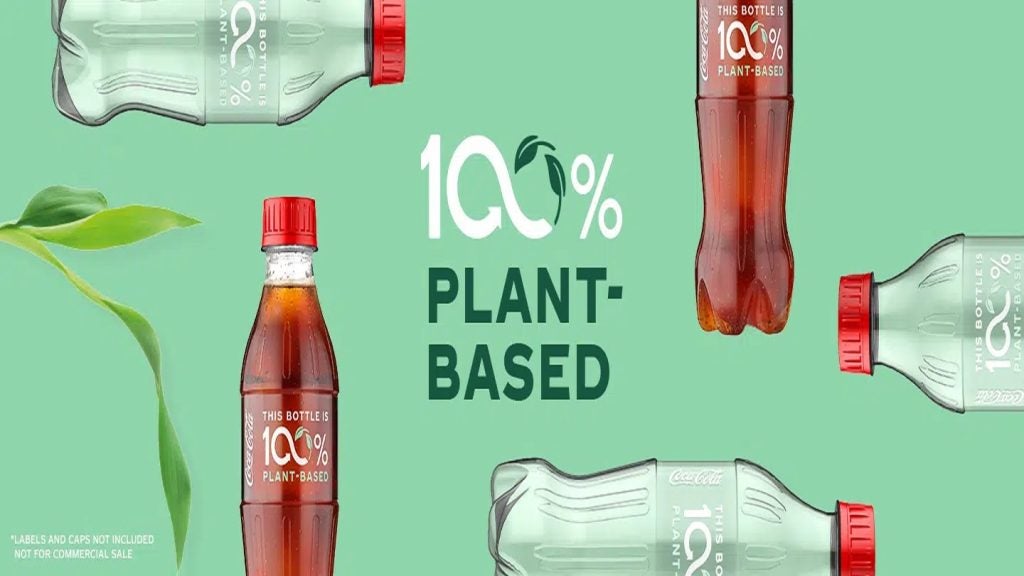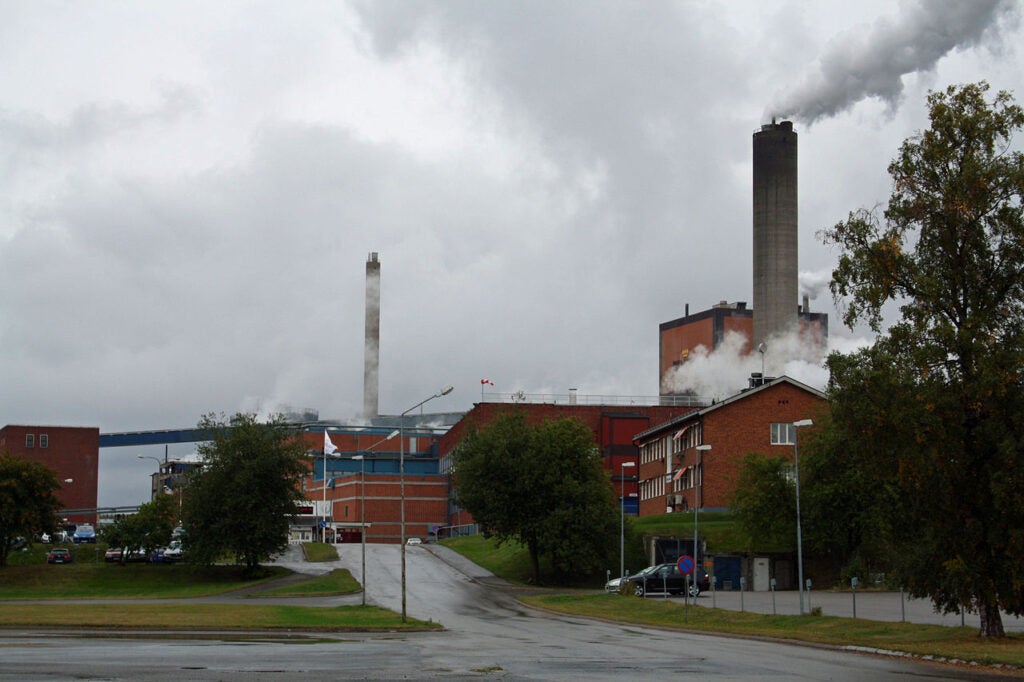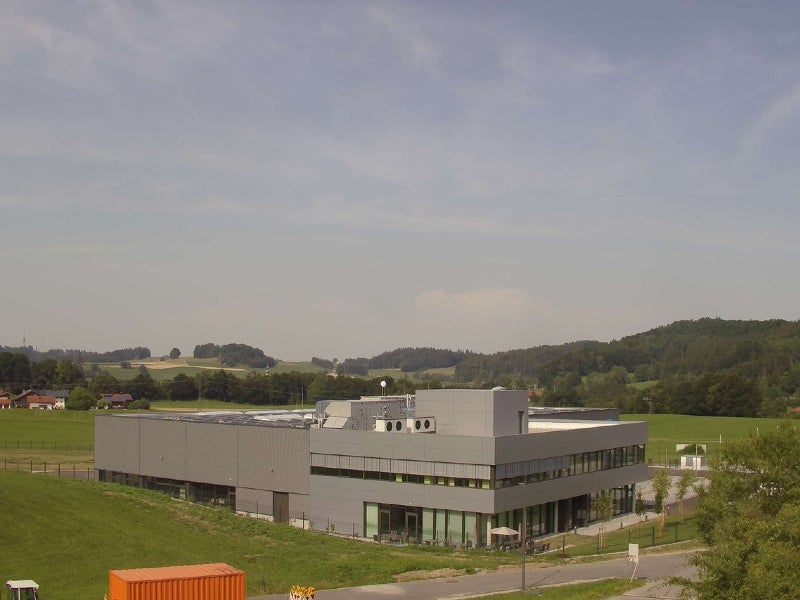Momentum Recycling (Momentum) inaugurated its new bottle-to-bottle glass recycling plant in Denver, Colorado on 22 February 2017.
The new facility is the first plant of its kind in Colorado, as well as being Momentum’s first plant outside the state of Utah.
The plant will produce 80,000t of high-quality recycled glass, which will be sold to local bottle manufacturers. It will also triple Colorado’s recycling rate and help the state achieve its goal of zero waste.
It was previously reported that just 20,000t, or 6.25% of glass was recycled in Colorado in 2015, with more than 320,000t being disposed into landfills.
Momentum’s Colorado facility is expected to recycle an additional 49,000t glass a year, thereby increasing the state’s glass recycling rate from 6.25% to 21.65%.
Equipment installed at Momentum Recycling’s new facility
The Colorado facility is equipped with ten optical sorters to sort glass by colour. It is also equipped with an infeed hopper and a fines infeed hopper.
Primary processing equipment includes an over-belt magnet, roll crusher, an eddy current separator, a breezer, a long parts separator, a primary dryer, a de-labeller, two vibratory splitters, and a primary rotary screen.
Secondary processing equipment installed at the site consists of vertical shaft impact crushers, a secondary rotary screen, bagging stations, a cyclone, and dust collectors.
Glass recycling process at Momentum’s Denver plant
Various types of glass, including source-separated and window glass, are collected from single stream recycling and arrive at the waste glass storage area of the facility. It is fed into a 5t capacity infeed hopper, which feeds glass at an average of 15t / h.
The infeed hopper drops the collected glass onto a conveyor belt featuring an over-belt magnet, which pulls out ferrous metals and transfers them onto a collection bin, from where they are sent out for recycling.
Contaminant removal begins with separation of glass and non-glass items such as cardboard, wood and plastic. The glass items then move to the roll crusher, which reduces the size of the glass to enable optical sorting.
The smaller glass items then pass through an eddy current separator, which removes non-ferrous items such as aluminium cans, copper wires and stainless steel that are eventually collected and sent out for recycling.
Light fraction fibre contaminants such as shredded paper, soda straws and paper labels are removed from glass using a breezer, which is then followed by the separation of long and thin contaminants such as pens, pencils, toothbrushes and plastic cutlery from the glass stream.
Cleaning and de-labelling processes
Separated glass items move through a primary dryer, which passes hot air at a temperature of 1,900° farenheit through the glass.
The process removes sugars and bacteria, while loosening paper labels and other fibres to facilitate easier removal.
Residual contaminants float to the top and are sucked out through vacuum. They then pass through a cyclone and drop into a waste bin.
The cyclone contains a lot of dust, which is collected through sock filters to be bagged and sold.
A de-labelling system featuring high-wear resistant paddles removes the labels from the glass items, while minimising breakage.
Colour and size sorting mechanisms at Momentum’s plant
The clean glass moves through a vibratory splitter, which separates sortable items (more than 3/8in) from unsortable items (less than 3/8in).
Optical sorters then sort the sortable glass into three colours: amber, green and flint, using optical sensors and compressed air jets.
Sorted glass with a size of around 3/8in is known as cullet, and can be used for new bottle manufacturing. The cullet can be directly fed into furnaces for bottle-to-bottle recycling.
The glass items that are less than 3/8in in size undergo further processing; a vibratory splitter separates the items into medium sized particles (less than 3/8in) and fine particles (less than 1/8in).
Mediums and fines processing at the glass recycling plant
Medium-sized particles undergo further decontamination by passing through an optical sorter, in order to remove contaminants that survived the ferrous magnets and eddy current separator.
The fine particles are stockpiled in the fines infeed hopper and batch-processed after quantities reach sufficient levels. The fines can be used either as industrial abrasives or in fibreglass insulation.
The medium-sized particles are separated using primary rotary screen into various sizes as required by customers.
Any glass items that are too big for the primary rotary screen pass through a vertical shaft impact crusher, to be crushed into sand-sized particles. The process is repeated until the particles fit through the primary rotary screen.
The particles then pass through a secondary rotary screen to be separated into various size grades such as 12 mesh to 20 mesh, 20 mesh to 40 mesh, 40 mesh to 70 mesh, and 70 mesh and smaller.
Processed glass packaging
The different sized particles are packed into woven bags called supersacks, which weigh approximately 3,000lbs. A valve packer is used to pack fine glass into 50lb paper bags for customers who prefer smaller bags.
Contractors involved
Binder+Co supplied its Clarity line of optical sorters for the plant.










